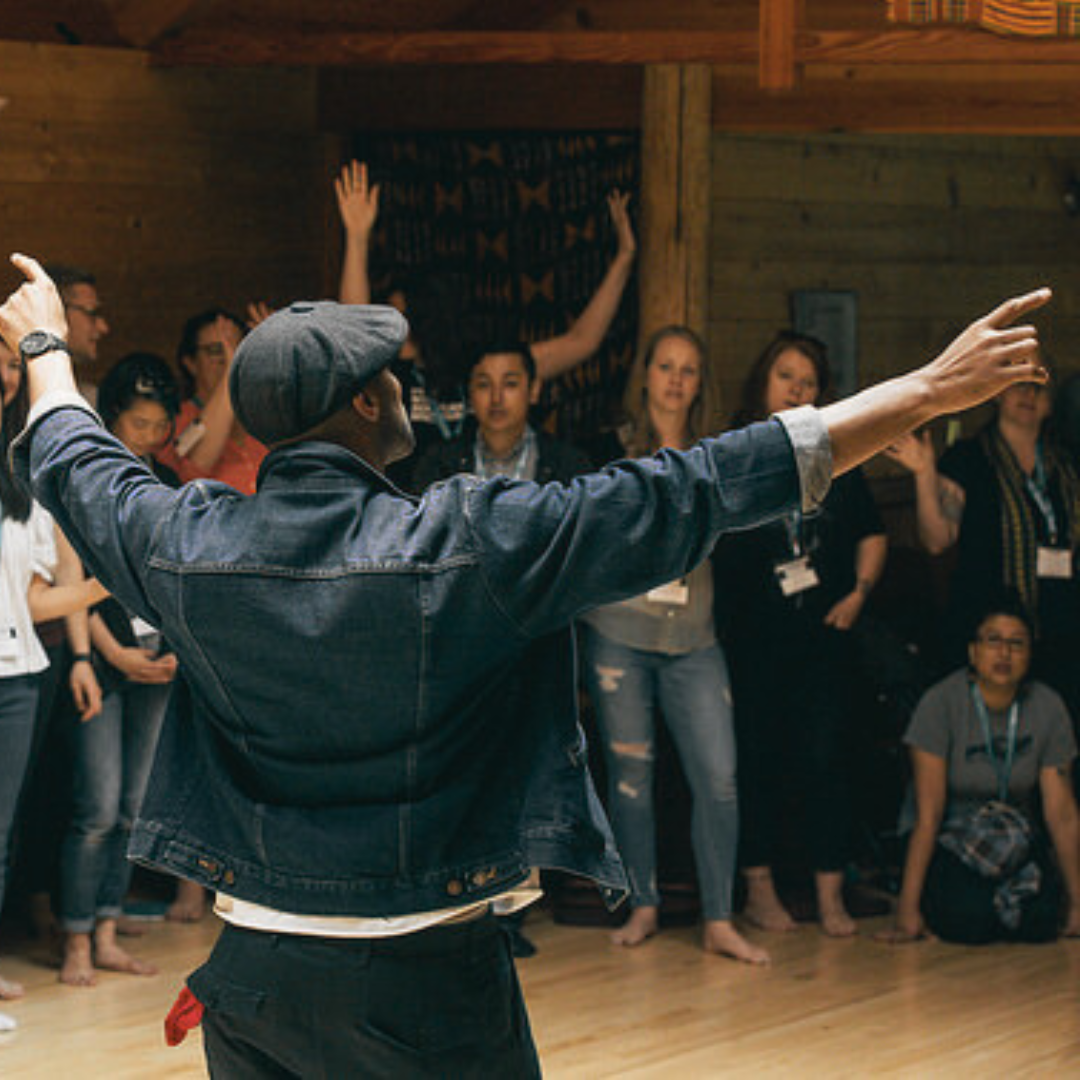Non-profits are finally starting to make the transition to digital, and that’s a great thing.
It couldn’t be happening at more important time. Non-profits and social movements are grappling with the same radical technological changes that are playing out in politics and business. While many non-profits have successfully adapted to this new world, those that haven’t face funding crises or worse: creeping irrelevance.
I’ve seen the transition to digital play out in front of me. As a senior campaigner at Australian union United Voice I was part of the move to a digital organizing mindset post-2008. Here in Canada, I worked on Leadnow.ca’s innovative VoteTogether campaign in the 2015 federal election, and I served hundreds of customers at civi-tech startup NationBuilder as a strategist. Now as a co-founder of Victory Collective, I see digital transitions up close and personal.
But hold on, haven’t non-profits been building websites, using bulk email, and collecting donations online for years? What do you mean they are starting to go digital?
Here goes: using a collection of disparate online tools is not the same as going digital.
Going digital is really a combination of two things: an integrated set of tools, and an organizational culture and mindset that encourages the best use of the digital setup.
An integrated set of tools
First things first: non-profits need a basic set of tools to help them reach out, grow, engage, and organize their supporters: email, website, database, and a donations processor.
But the real key to good digital is making sure these tools all talk to each other.
Stop. This is really important, and here’s why.
Let’s say you want to send an email to monthly donors who have also indicated an interest in a particular issue your organization works on through signing a petition on your website. If your website doesn’t connect to your supporter database, and your donations processor doesn’t also feed into your database, you’d have no way of segmenting out the people you want to reach.
If you don’t have an integrated set of tools you’d either have to send the email to everyone on your entire list or manually extract the people you are looking to target.
This is time consuming, inefficient and tedious. But it can be avoided. Build a digital non-profit instead.
A digital culture
Just as important as an integrated set of tools is an organizational culture that embraces digital.
As technology continues to radically transform the way in which we live, non-profits that want to keep pace need adjust their internal culture to suit this new world.
A digital non profit is also one where digital access and responsibility is shared throughout the organization. Good digital is embedded in the organization, it’s not a separate silo or team working off by itself.
This isn’t to say all non-profit staff need to be pulling email lists from databases, or tweeting on behalf of the organization. But everyone on staff should have an awareness of the importance of digital in driving the future growth of the organization.
It also means senior leaders need to do everything they can to ensure that the people running digital strategy have access to the integrated set of tools they need.
Going digital
So, you’re convinced — you want your non-profit to go digital. How do you do it?
We’re convening some of the brightest progressive minds of our generation this May at Activate: digital leadership. Build buy in for digital across your organization, learn best practices for digital campaigns to engage your supporters more effectively, and grow your professional network. Apply now.










